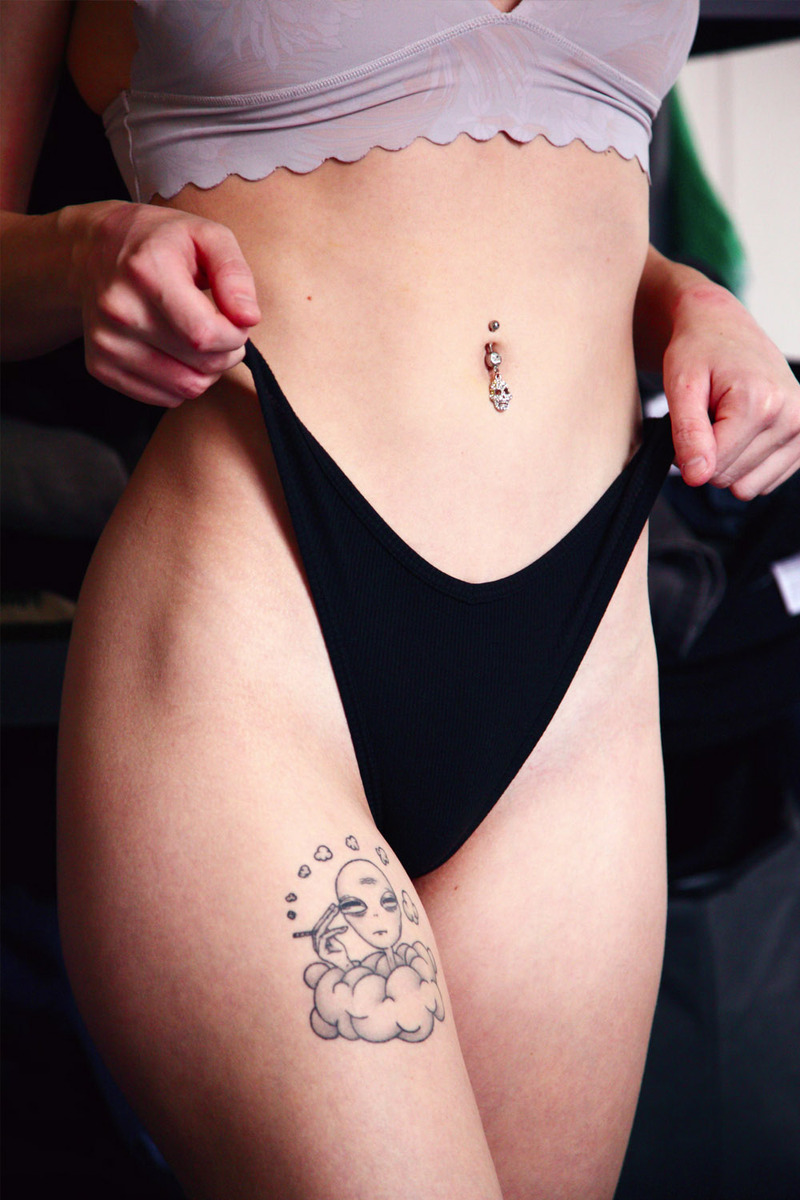
Everything You Need to Know About Female Genital Piercings
Discovering a unique form of Self-Expression.
If you're considering getting a female genital piercing, or just curious about what it entails, you've come to the right place. Let's dive into the world of intimate piercings and discover everything you need to know about them.
The Basics: Types of Female Genital Piercings
There are several types of female genital piercings, each with its own unique style and experience. The most common ones include:
-
Clitoral Hood Piercing: This is a classic choice for many. It involves piercing the hood covering the clitoris, offering both aesthetic appeal and potential stimulation.
-
Clitoral Glans Piercing: For those who dare to go even bolder, this piercing is placed directly on the clitoral glans itself. Keep in mind, this one's not for the faint of heart!
-
Inner Labia Piercing: Inner labia piercings are placed on the inner folds of the labia, adding a bit of sparkle to your most intimate area.
-
Outer Labia Piercing: Want something a bit more noticeable? Outer labia piercings might be just what you're looking for. They can be adorned with rings, studs, or other jewelry to create a unique look.

The Procedure: What to Expect
Getting a genital piercing is a process that should not be rushed. Here's what to expect:
-
Choosing a Reputable Piercer: It's crucial to find a professional piercer experienced in genital piercings. Ask for recommendations and read reviews to ensure they follow proper hygiene and safety protocols.
-
Consultation: Before the piercing, you'll have a consultation with your piercer. Discuss the type of piercing you want, jewelry options, and any concerns or questions you may have.
-
Preparation: You'll be asked to maintain good personal hygiene in the days leading up to your appointment. Cleanliness is key to avoiding complications.
-
The Piercing: During the piercing, you'll be asked to lie down while your piercer cleans and sterilizes the area. The actual procedure is usually quick and involves minimal pain, thanks to the use of topical anesthetics.
-
Aftercare: After the piercing, you'll need to be diligent about aftercare. Cleaning the area with saline solution and avoiding certain activities like swimming or engaging in sexual activity is essential for proper healing.

Healing and Pain
Female genital piercings, like any piercings, require time to heal. You can expect some discomfort, swelling, and possible discharge in the initial stages. The healing process can take several weeks to a few months, depending on the piercing type. Pain is usually minimal and manageable, but everyone's pain tolerance is different.
Benefits and Risks
The reasons people get genital piercings are as varied as the piercings themselves. Some common benefits include:
-
Enhanced Sensation: For some, piercings can increase sensitivity and lead to enhanced sexual experiences.
-
Aesthetic Appeal: Many people get genital piercings simply because they love the way they look and want to express their individuality.
But it's important to note that there are potential risks associated with genital piercings, including infection, rejection, and scarring. It's vital to follow your piercer's aftercare instructions to minimize these risks.
Jewelry Options
When it comes to jewelry, the possibilities are endless. You can choose from a variety of metals, shapes, and sizes. Most piercers recommend high-quality, hypoallergenic materials like titanium, niobium, or surgical steel.

Conclusion
Female genital piercings are a personal choice, and like any form of body modification, they should be done for the right reasons and with careful consideration. Make sure you do your research, find a reputable piercer, and understand the aftercare involved. It's your body, so if you're interested in a genital piercing, do it for yourself and no one else. Remember, it's all about self-expression, individuality, and feeling confident in your own skin.











